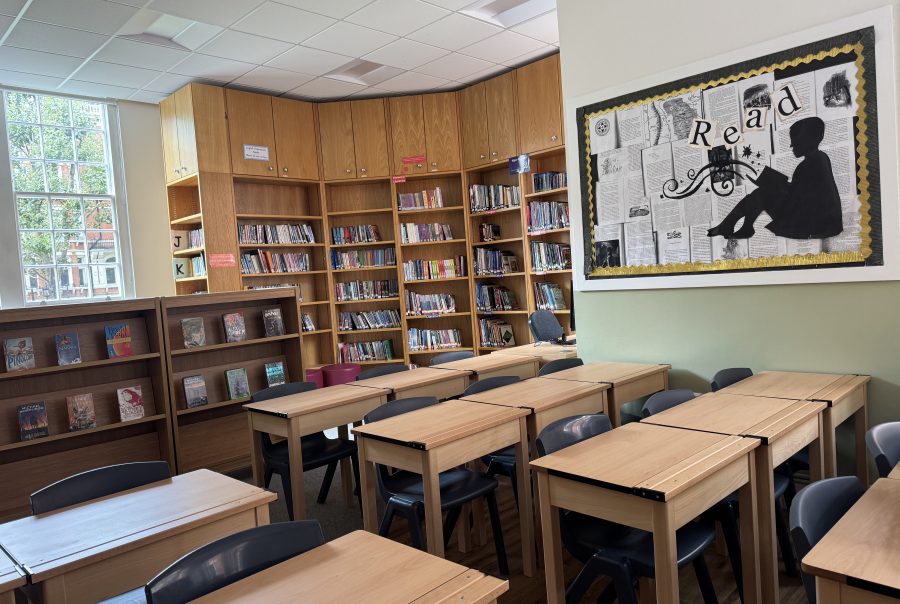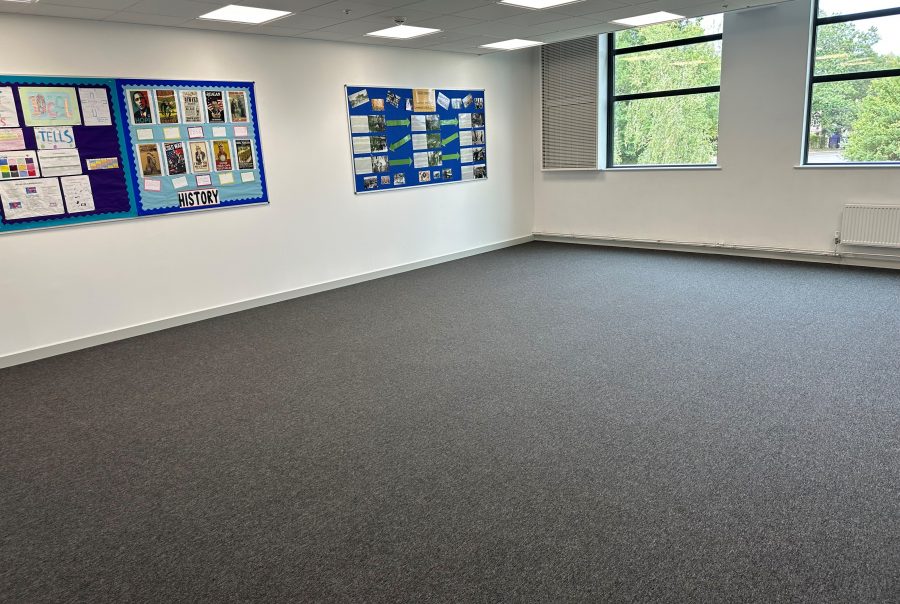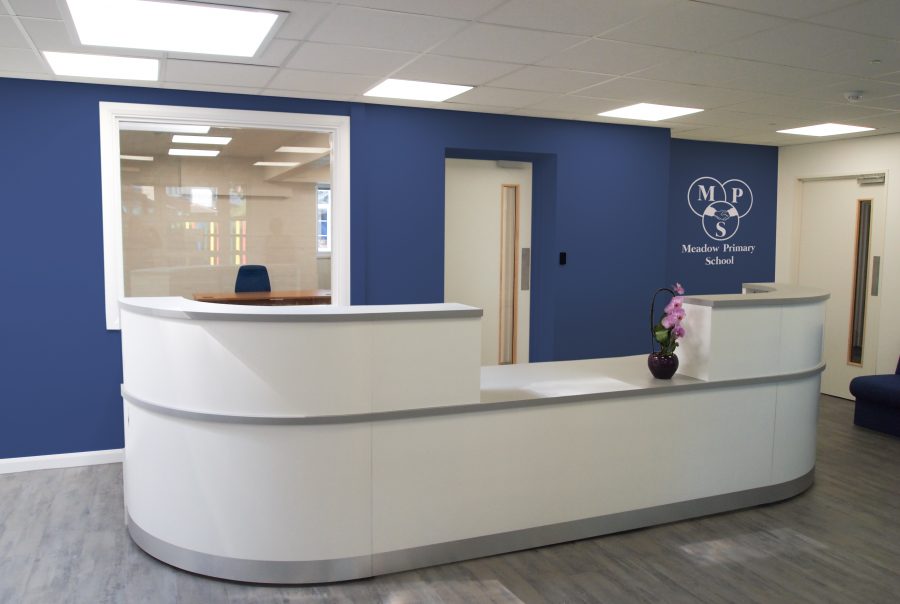Classroom design plays a pivotal role in shaping the educational experiences and outcomes of students. Recent research underscores the profound impact that thoughtfully designed learning environments can have on student engagement, behavior, and academic performance. This article delves into key elements of classroom design, supported by current studies, to provide educators and designers with insights into creating effective learning spaces.
The Significance of Classroom Design
A comprehensive study conducted by the University of Salford analyzed 153 classrooms across 27 schools in the UK, involving 3,766 students aged five to eleven. The findings revealed that well-designed classrooms could enhance academic performance by up to 16% in a single year. Factors such as natural light, temperature, air quality, flexibility, and individualization were identified as critical components influencing student progress.
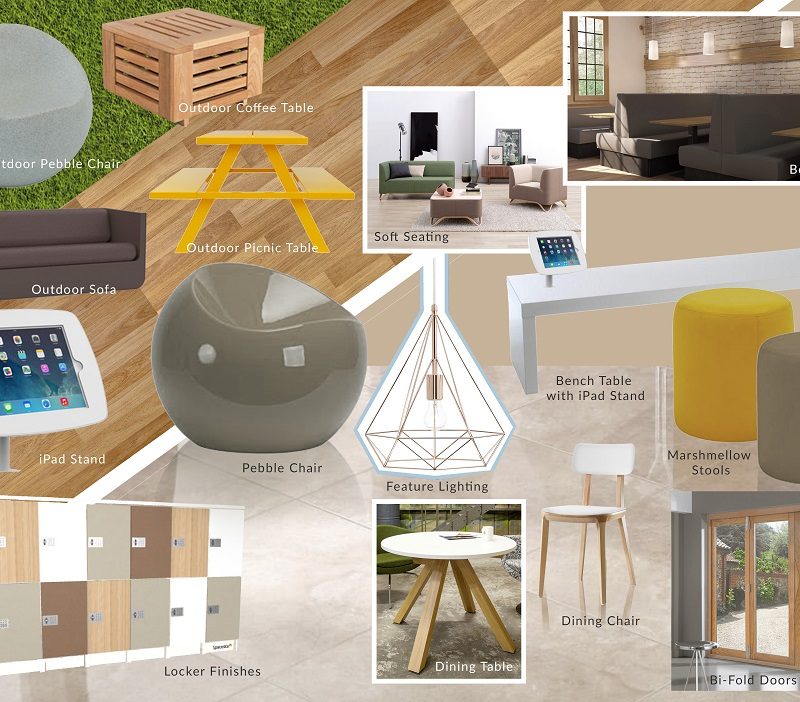
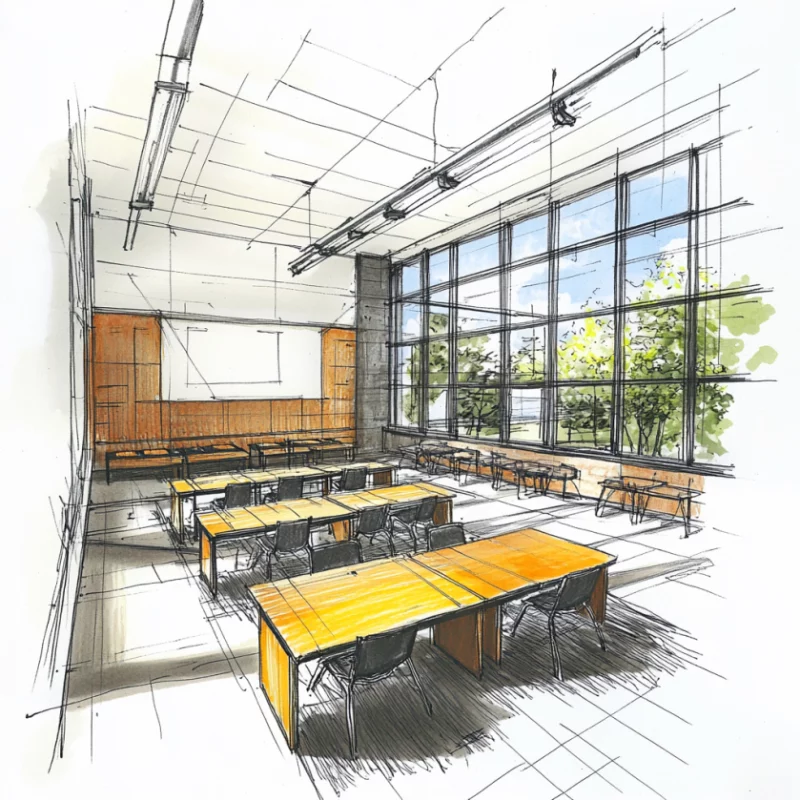
Natural Elements: Light, Air Quality, and Temperature
Natural Light
Exposure to ample natural light has been linked to improved mood, increased energy levels, and enhanced cognitive function. Classrooms designed with large windows or skylights not only reduce the reliance on artificial lighting but also create a more inviting atmosphere conducive to learning. Incorporating features like light shelves and solar tubes can further optimize daylight penetration while minimizing glare and heat. ViewSonic
Flexible and Adaptable Spaces
The physical layout of a classroom should accommodate various teaching methods and learning activities. Flexible spaces equipped with movable furniture allow for easy reconfiguration, supporting both collaborative group work and individual tasks. This adaptability fosters a dynamic learning environment that can be tailored to specific lesson objectives and student needs. Library & Information Management
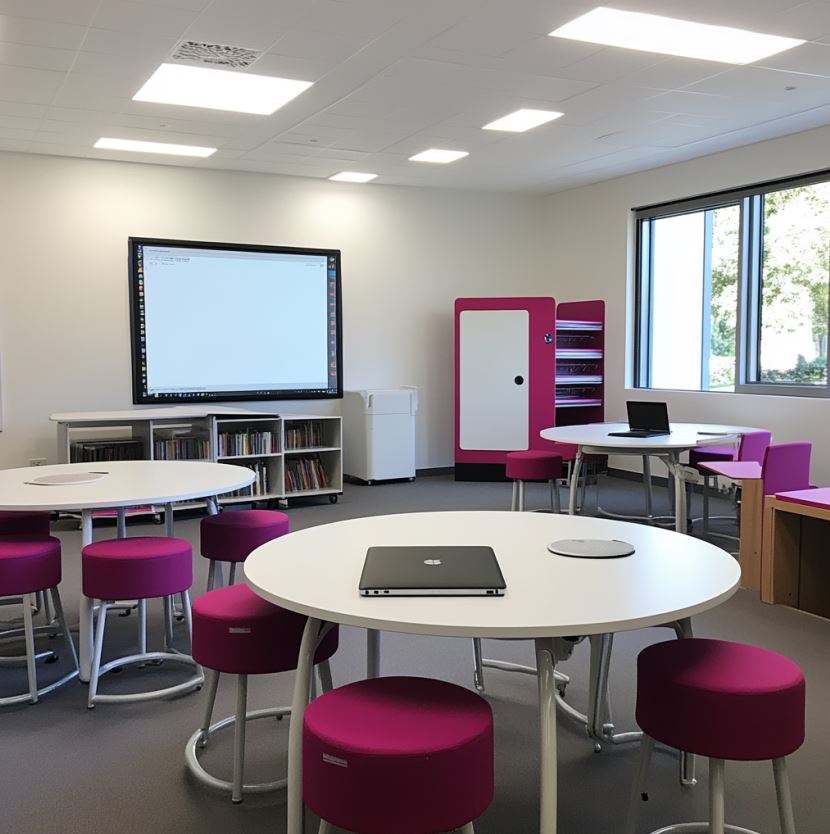
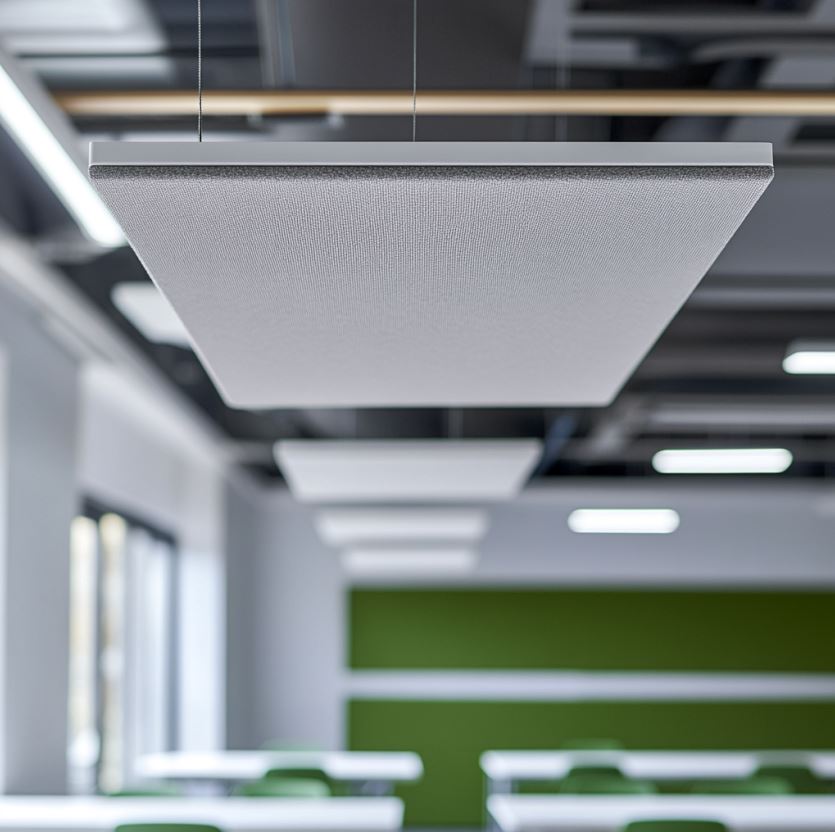
Acoustic Considerations
Effective noise management is crucial in minimizing distractions and enhancing communication within the classroom. Excessive noise can impede student comprehension and participation. Incorporating sound-absorbing materials, such as acoustic panels, carpets, and upholstered furniture, can reduce echo and background noise. Thoughtful arrangement of furniture and the use of soft materials further contribute to a quieter, more focused learning environment. Library & Information Management+1Toxigon+1Toxigon
Aesthetic and Visual Stimulation
The visual aspects of a classroom, including color schemes and wall displays, can influence student emotions and cognitive processes. A balanced approach to visual stimulation is recommended; overly cluttered or brightly colored environments may lead to distractions, while a well-curated selection of educational materials and student work can promote engagement and a sense of ownership. Research suggests maintaining wall displays that cover 20-50% of the available space to achieve optimal learning conditions. The Conversation
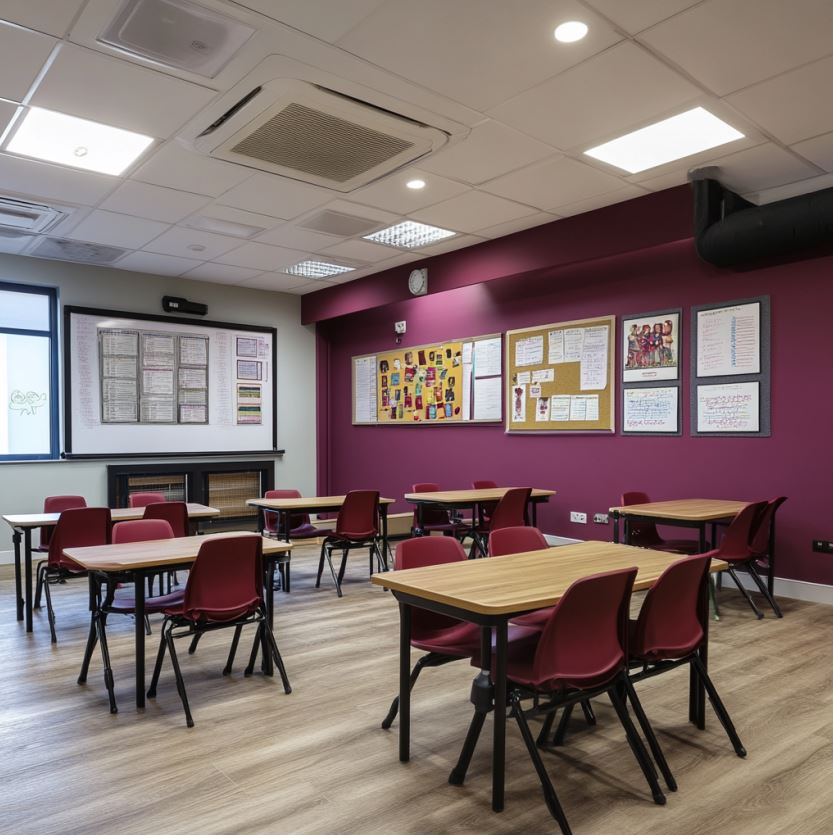
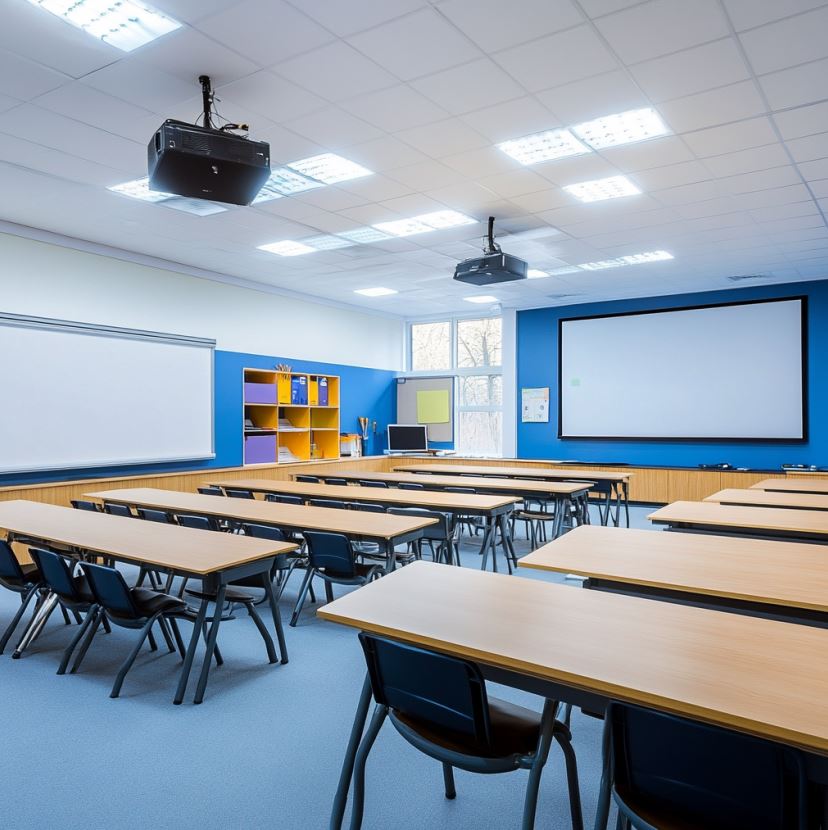
Integration of Technology
Incorporating technology into classroom design enhances interactive learning and prepares students for a digital future. Features such as interactive whiteboards, projectors, and accessible charging stations facilitate the seamless integration of digital tools into daily lessons. However, it’s essential to ensure that technological additions complement the learning environment without causing unnecessary distractions.
Sustainable and Eco-Friendly Design
Sustainability in classroom design not only benefits the environment but also creates healthier spaces for students. Utilizing eco-friendly materials, maximizing natural lighting, and incorporating elements of nature can improve air quality and promote well-being. For instance, the Nueva School’s Science and Environmental Center in California features solar panels and a rainwater cistern, exemplifying sustainable architecture that enhances the learning experience. ViewSonic+1Architectural Digest+1Architectural Digest
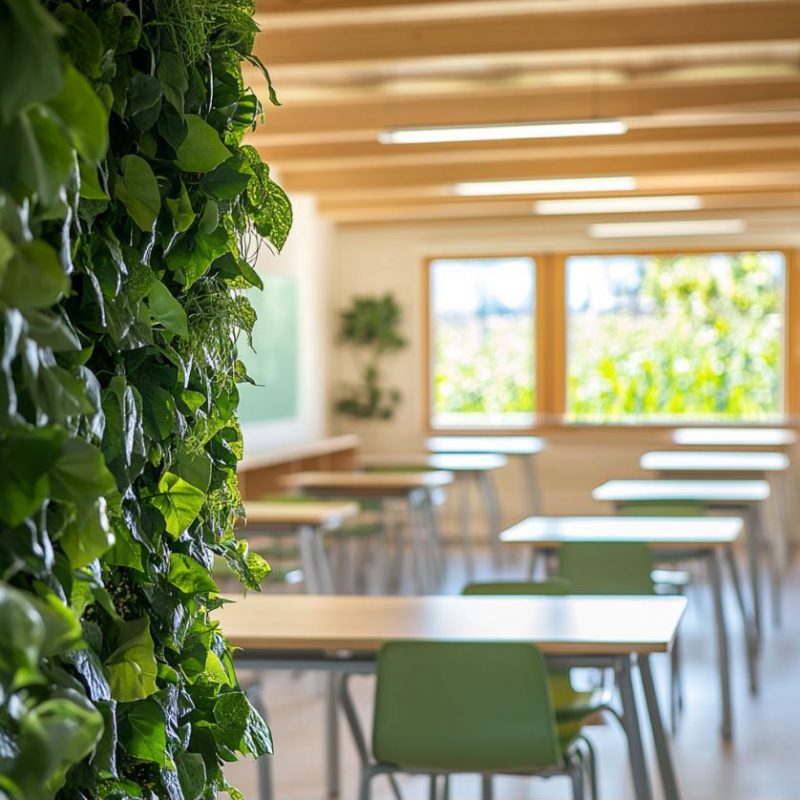
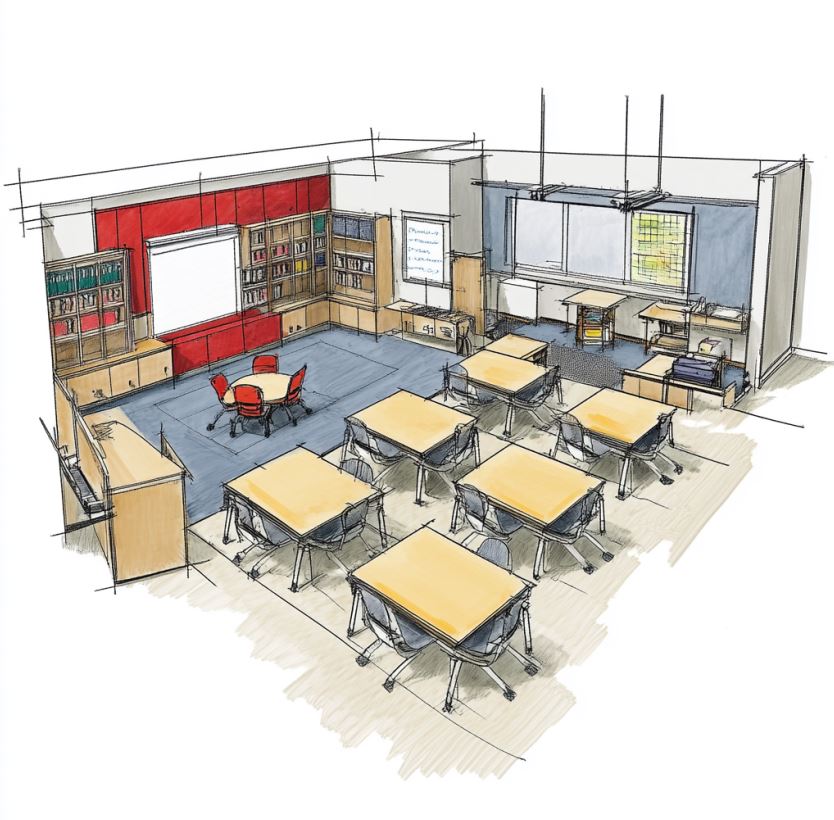
Best Practices for Classroom Design
Drawing from current research and case studies, the following best practices can guide effective classroom design:
-
Incorporate Natural Elements: Maximize the use of natural light and ventilation to create a healthy and inviting learning environment.
-
Ensure Flexibility: Design adaptable spaces with movable furniture to accommodate diverse teaching methods and learning activities.Library & Information Management
-
Manage Acoustics: Use sound-absorbing materials and strategic layouts to minimize noise and enhance communication.
-
Balance Visual Stimulation: Curate wall displays thoughtfully to avoid clutter while promoting engagement and a sense of ownership among students.
-
Integrate Technology Thoughtfully: Incorporate digital tools that complement the learning environment without causing distractions.
-
Prioritize Sustainability: Utilize eco-friendly materials and design strategies that promote environmental responsibility and student well-being.
Final Thoughts
Classroom design is more than just an aesthetic consideration—it directly impacts student engagement, learning outcomes, and overall well-being. By incorporating natural elements, ensuring flexibility, managing acoustics, balancing visual stimulation, integrating technology thoughtfully, and prioritizing sustainability, educators and designers can create spaces that foster both academic success and personal growth. Thoughtful design choices can make a significant difference in how students interact with their environment, helping to cultivate a setting where they feel comfortable, motivated, and ready to learn. As research continues to evolve, adapting classroom design to meet the changing needs of students will remain a crucial aspect of modern education.
If you’re ready to transform your space or need advice on designing the perfect nursery, CID Studyspace is here to help you every step of the way! Contact us for expert guidance and support.
sustainable classroom


